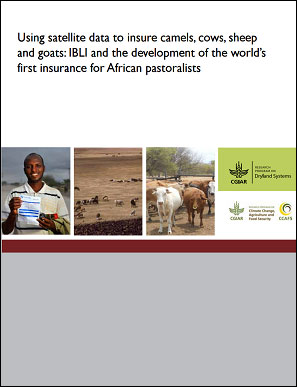Traditional cattle production in the subhumid zone of Nigeria
Describes, briefly, sizes structures, general management and productivity of pastoral herds in the Kaduna Plains of Nigeria. Includes data on age at first calving, calving percentage, calving intervals, calf liveweight & mortality to 1 year, and milk yield of Bunaji cattle under this sedentary pastoral management system. Identifies nutrition as cause of this below-genetic-potential productivity.







